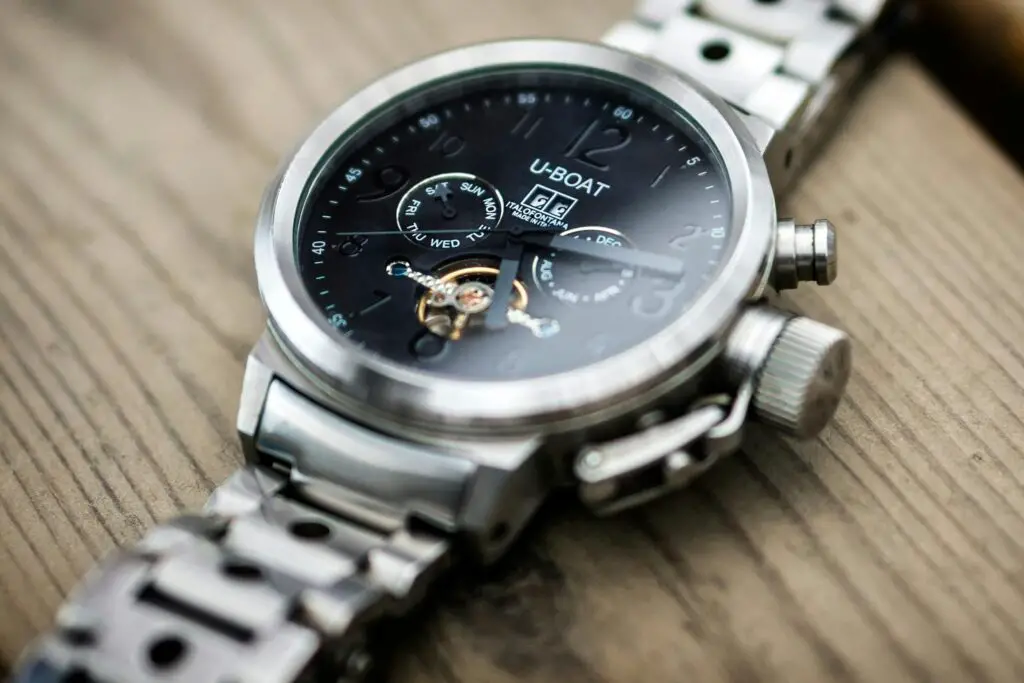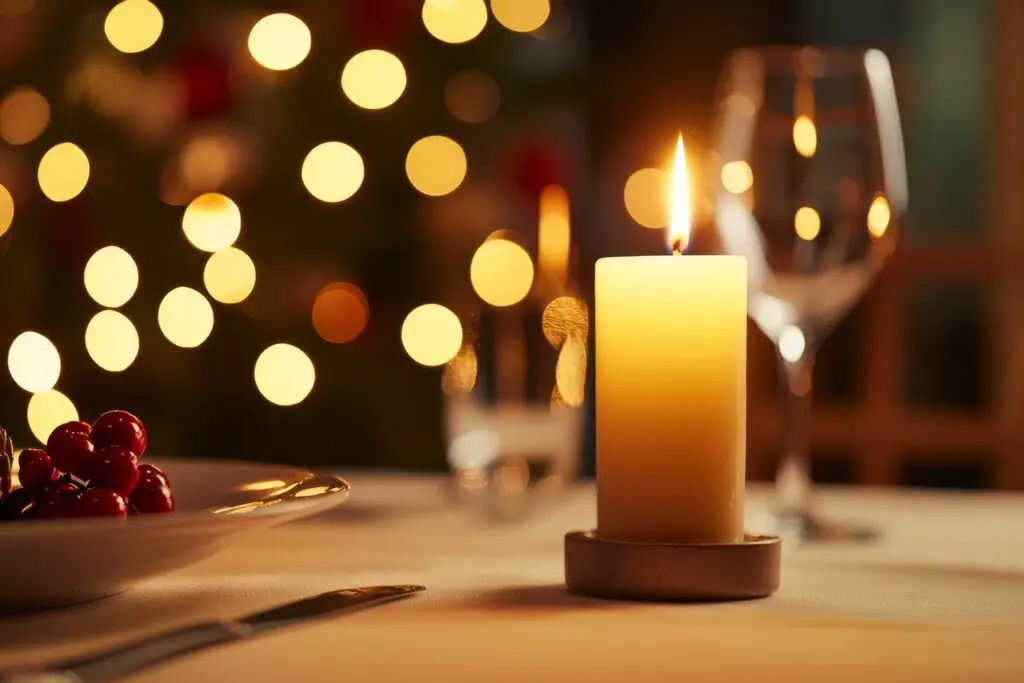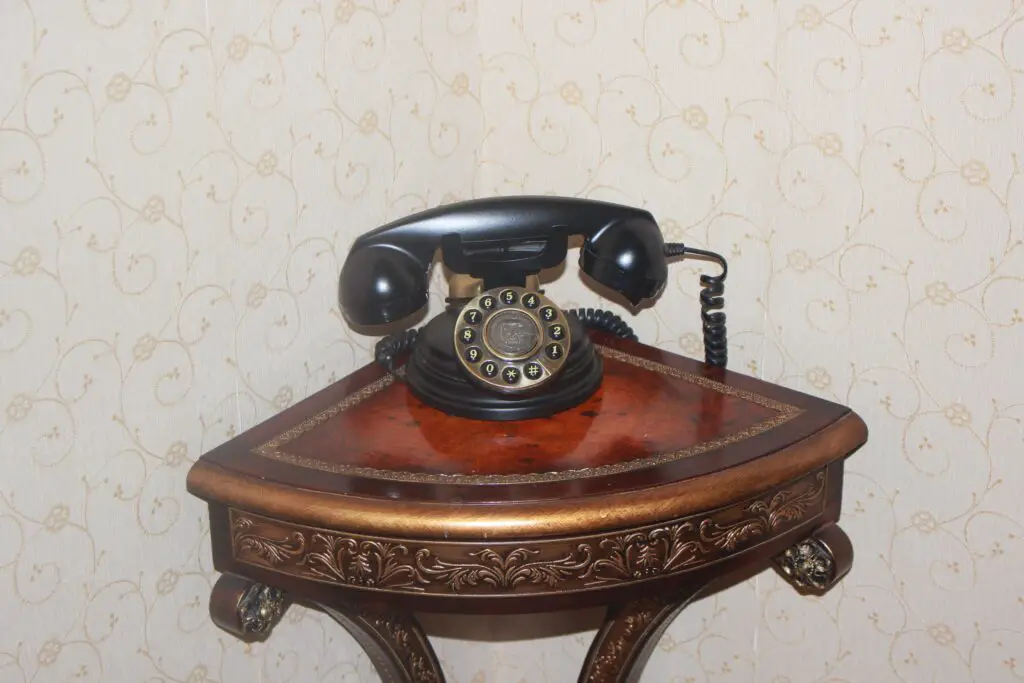1. Watches

Before the digital age, watches were a luxury that only the wealthy could afford, and they were more than just timepieces—they were symbols of status. Having a finely crafted watch meant you were someone who had the time to care about the details. Brands like Rolex and Patek Philippe became synonymous with power, and owning one was an instant indication of your wealth. Watches often featured intricate designs and fine metals, and wearing them was as much about flaunting your success as it was about telling time.
In the 20th century, the introduction of wristwatches made them even more prevalent, but still, the higher-end models remained a mark of exclusivity. Only those with the means could indulge in watches with diamonds or other precious stones. Even in modern times, a luxury watch continues to be a status symbol. Despite the advent of smartphones, these timepieces have maintained their appeal, showing that sometimes, the old-fashioned ways of displaying wealth never really fade.
2. Silk

Silk, the fabric of emperors and royalty, was once an item so rare and expensive that it was reserved for only the wealthiest. Ancient China controlled the production of silk for centuries, and those who wore it were often considered elite. The shimmering fabric symbolized opulence, grace, and sophistication, making it a favorite among aristocrats and nobility. For many, being draped in silk was the ultimate sign of power, a way to show they could afford the rarest and most luxurious materials in the world.
As trade routes opened up, silk began to spread to Europe and beyond, but it remained a high-priced commodity. Only the very rich could afford silk garments, which were often dyed in rich colors like crimson or gold, adding to their prestige. Even today, silk is seen as a luxurious material, though it’s more accessible now. However, it still carries the legacy of its noble past, reminding us of an era when only the elite could afford its beauty.
3. Coffee

In the early days, coffee was a luxury that was primarily enjoyed by the aristocracy. It was expensive and hard to come by, often imported from faraway places like the Caribbean, and it became a symbol of wealth and refinement. In Europe, it was often consumed in exclusive coffeehouses, where only the elite could gather to discuss politics, business, and culture. It was not just a beverage, but a social experience reserved for those who could afford to indulge.
Over time, coffee became more widespread, thanks to advancements in trade and production, but its association with luxury didn’t completely vanish. Even as it became a part of everyday life, premium coffees, like those from rare regions or single-origin beans, continued to carry a sense of prestige. Today, while coffee is ubiquitous, sipping a cup made with high-quality beans can still feel like a small indulgence, reminiscent of its past as a luxury item.
4. Candles

Candles were once an exclusive item for the rich, as they were made from expensive materials like beeswax or tallow. During the 18th century, when homes relied on candlelight for illumination, only those with wealth could afford to keep their homes properly lit. Candles were not just a practical necessity; they were also used to create ambiance in lavish social gatherings. The wealthy used candles to set the mood for dinner parties, balls, and other high-society events.
The use of scented candles became a further display of luxury, with fragrances made from rare flowers or imported oils. Even though we now have electricity, candles still carry an air of elegance, often found in the homes of those who want to add a touch of refinement. The act of lighting a candle still feels like a small nod to an older, more exclusive time, where it was once a privilege to enjoy the soft, flickering light.
5. Eyeglasses

Eyeglasses, once seen as a practical necessity, were once only worn by the upper class or those who could afford the luxury of vision correction. In the 16th and 17th centuries, spectacles were expensive and often crafted with intricate materials, such as gold or silver, to make them even more luxurious. Wealthy individuals, especially in Europe, were among the first to wear glasses, as they had the means to improve their eyesight, something the average person couldn’t afford.
Eyeglasses remained a symbol of wealth for quite some time, with designs ranging from delicate, ornate frames to precious materials like tortoiseshell. It wasn’t until the 20th century that mass production of eyeglasses made them more affordable and accessible to the general public. But even today, high-end brands like Gucci or Chanel continue to create eyeglasses that are as much a statement of fashion and wealth as they are a tool for vision.
6. The Telephone

The telephone, when it first arrived in the late 19th century, was a game-changer for communication, but it was also a mark of distinction. The first telephones were not something anyone could afford; they were large, expensive, and reserved for the wealthiest. In fact, early telephone service was something only the elite could access, as it required significant investment in infrastructure, and the cost was prohibitive for most people. To have a telephone in your home meant you were part of the upper class, able to connect with people across long distances.
As the technology improved and became more widespread in the 20th century, the telephone began to transition from a symbol of wealth to a necessity. Still, there was a time when having a private line or the most advanced model was a sign that you had both wealth and influence. Today, with smartphones in every pocket, it’s hard to imagine a time when the telephone was a rare and prestigious object, but it certainly once was.
